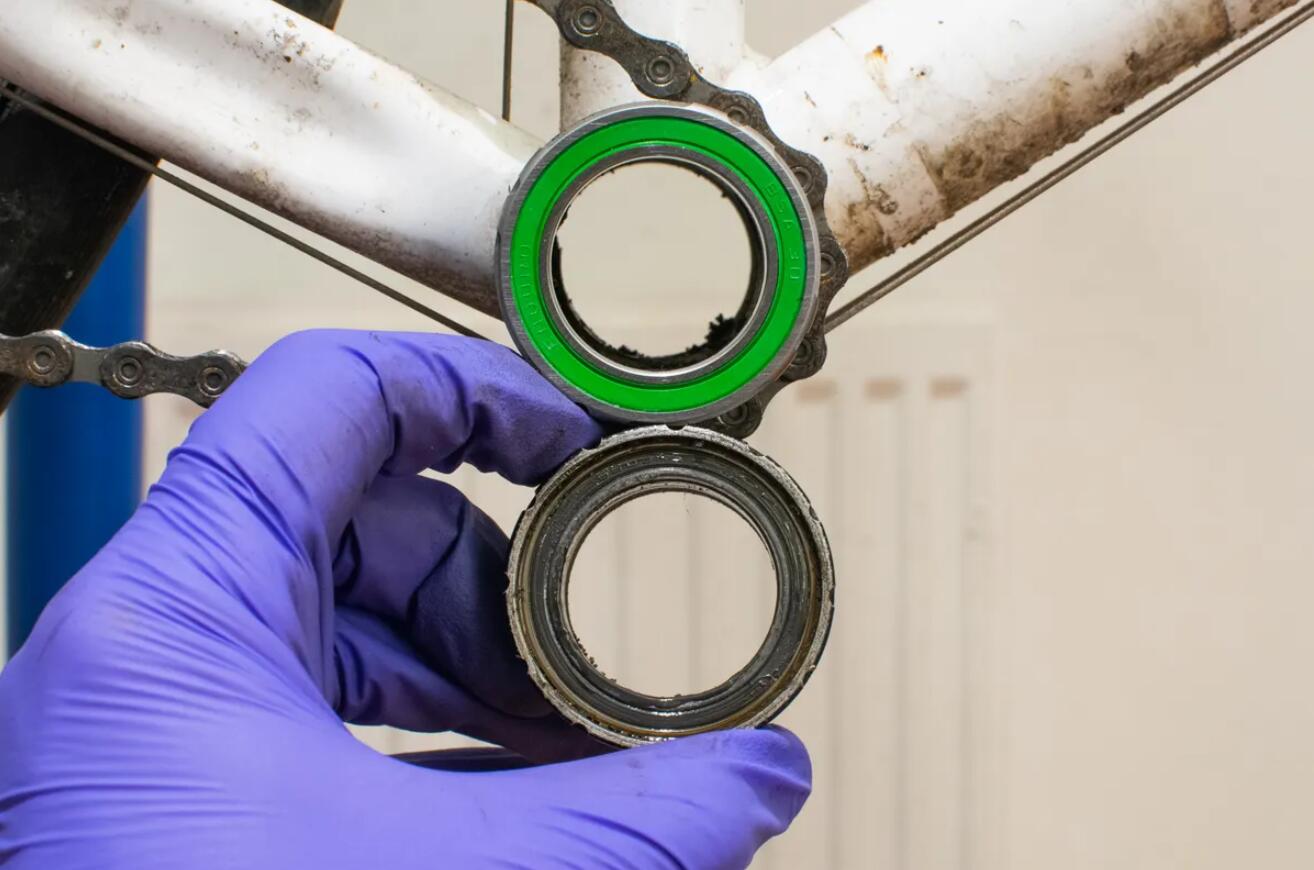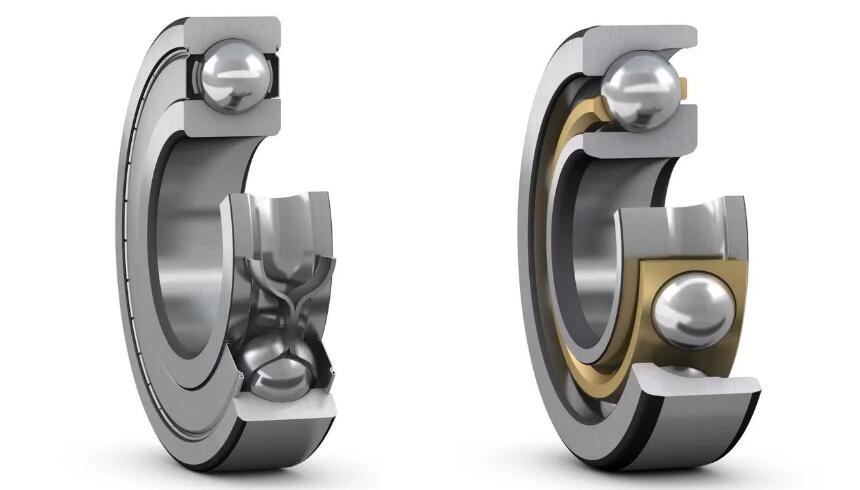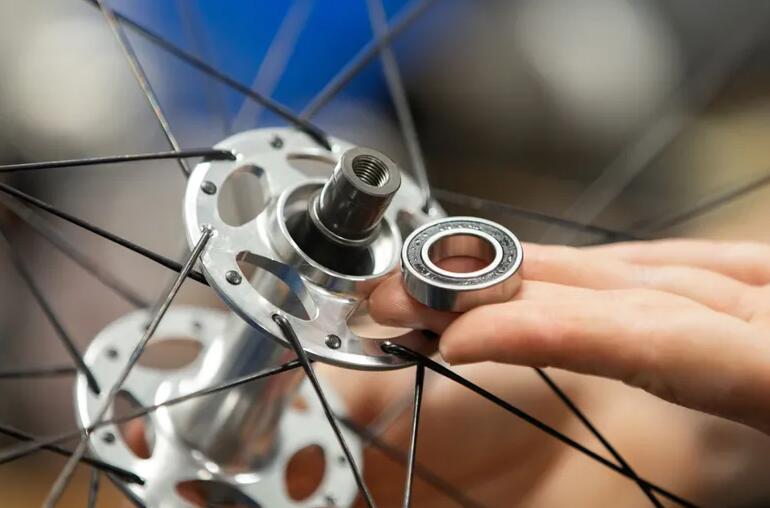Newsroom
Guide to Racing Bicycle Bearings: Types, Performance, and Maintenance
2015-07-21All moving parts of a bicycle rely on bearings, including hubs, bottom brackets, headsets, suspension pivots, pedals, and derailleurs. Ball bearings are the most common type used in bicycles.

1. The Role and Types of Ball Bearings
The performance of a ball bearing is closely related to the size of the balls. Larger balls provide a greater contact area, resulting in more even force distribution, improved rolling efficiency, and enhanced durability. Bicycle bearings are generally categorized into two types:
Radial Bearings
Radial bearings are the most common type, designed to handle loads primarily in a radial direction (perpendicular to the axis). However, in hubs, cranksets, suspension pivots, and derailleurs, forces are often not purely radial, which may lead to slight performance compromises.
Angular Contact Bearings
Angular contact bearings are designed to handle both radial and axial loads simultaneously. They require stricter manufacturing tolerances to ensure precise fitment. These bearings are typically used in hubs, cranksets, and suspension systems, where they provide better support under high-load conditions.

2. ABEC Ratings (ABEC 1 / 3 / 5 / 7 / 9)
The ABEC rating system measures bearing precision, focusing on:
- Bore Tolerance – Acceptable variations in the inner diameter
- Parallelism – Consistency in bearing width
- Radial Runout – Deviation in the bearing raceway where the balls sit
In general, a higher ABEC number indicates greater precision. ABEC 3 and 5 bearings are typically sufficient for bicycles, while ABEC 7 and 9 bearings are designed for high-speed industrial applications (such as high-speed machinery) and offer little advantage for bicycles.
3. Key Factors Affecting Bearing Performance

Sealing Design
Seals play a crucial role in friction, protection, and durability. While lower friction is generally preferred, a properly sealed bearing prevents lubricant leakage and blocks contaminants from entering.
Lubrication
Bicycle bearings typically use lithium-based grease, which reduces friction, extends lifespan, and prevents rust. Regular lubrication is essential for maintaining smooth operation.
Materials
Common bearing materials include:
- Chromium Steel (CrMo Steel) – Standard material with good cost-effectiveness
- 440C Stainless Steel – Improved corrosion resistance, suitable for wet conditions
- XD15 Super Nitrogen Stainless Steel – High wear resistance and superior performance
- Silicon Nitride (Si3N4) Ceramic Bearings – Five times harder than bearing steel, offering lower friction and smoother rolling but at a higher cost
- Ceramic bearings are favored by high-end cycling enthusiasts due to their low friction and minimal maintenance needs. However, their extreme hardness can lead to increased wear on the bearing housing, so usage should be considered based on riding conditions and cost factors.
4. Bearing Maintenance and Care
Like any moving component on a bicycle, bearings require regular maintenance. The process includes:
- Removing the bearings and cleaning out old grease and dirt with a degreaser
- Reapplying lubrication with an appropriate grease
- Reassembling the bearing carefully to ensure proper installation and prevent damage
- Regular inspections to check for wear—if excessive, replacing the balls or the entire bearing may be necessary
High-quality bearings, combined with proper maintenance, significantly enhance the efficiency and lifespan of a bicycle, ensuring a smoother and more enjoyable riding experience.


